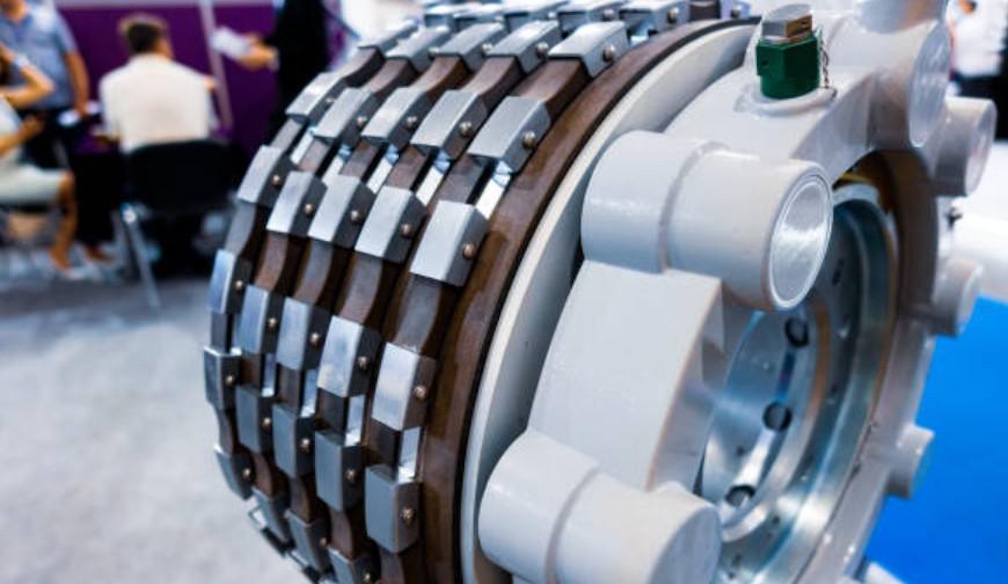The Role of Clutches in Modern Vehicles: Insights from Melbourne Experts
- Written by Viw Magazine

Clutches are some of the most important car parts that make gear changes smooth and efficient power transfer. They connect the engine to the transmission, ensuring smooth running. Clutches in modern vehicles enhance performance, fuel efficiency, and the general driving experience. Advanced clutch systems are also used in specialist applications such as heavy-duty and off-road vehicles. Melbourne's clutch experts are well aware of the significant role clutches play in various industries and vehicles. From passenger cars to industries, reliable clutches give maximum functionality. Knowing their use helps drivers and the industries perform with maximum functionality as well as save from high repair bills. The article discusses a role of clutches along with how Melbourne suppliers keep catering to a diverse array of needs.
How Clutch Suppliers Support the Mining and Construction Industries
Minerals and construction rely on the heavy-duty equipment that it uses to operate under various harsh environments. Heavy machineries clutches endure extreme stress and usage with big machinery. The clutch suppliers Melbourne provides resilient solutions for high performance with harsh applications. It supports excellent torque transfer for assuring reliable operation under extreme loads. Suppliers in Melbourne collaborate closely with industry professionals for designing custom clutch systems based on specific industrial needs. Heavy clutches are needed specifically by excavators, loaders and drilling rigs. Significant losses both operationally and financially can result from machinery downtime. Melbourne vendors offer maintenance to maximize uptime in the most crucial equipment. Industry solutions help run mining and construction operations smoothly and with safety. With their experience machinery operates without problems. Their experience ensures that gear operates reliably even in extreme conditions. Melbourne clutch suppliers play a significant role in these vital industries by supplying bespoke products and services.
Challenges of Sourcing Specialty Clutches
Clutching is sourcing specialist due to the fact that diverse types of industry and application have been utilized for the needs of machinery and automobiles. Quite often, requirements for machinery and automobiles are different in nature and cannot be easily available. Clutch suppliers Melbourne solves such issues with innovative ideas, customization, and technical know-how. They collaborate with the manufacturers to provide individualized clutch systems according to particular requirements. Advanced materials and designs enable durability, performance and compatibility.
For example agricultural machinery may require clutches that are dust and weather resistant. Industrial vehicles, however, may need systems that can handle high torque and continuous operation. Suppliers in Melbourne offer technical consultations to help customers identify the best solutions for their specific needs. They also ensure adherence to industry standards, thereby increasing safety and reliability. Besides, ordering custom clutches often involves managing lead times and logistics. This process is made easier through the building of strong ties by Melbourne suppliers with manufacturers and distributors. This ensures quick delivery and minimal disturbance of operations. Another problem arises when introducing new clutches into existing equipment. Melbourne suppliers offer installation advice on how to ensure seamless compatibility and performance.
How to Extend the Lifespan of Your Clutch
Proper clutch maintenance can extend the life of the clutch for quite some time and can even help in saving money by not getting breakdowns. The clutch must be serviced from time to time to maintain good condition. In Melbourne, experts always suggest having regular checks on signs of wear and tear before it becomes too extreme. A rider should never ride his clutch because he produces much excessive effort and overheats. Proper lubrication reduces friction, therefore giving maximum machine performance.
Heavily using machineries should always adhere to the manufacturer guide to prevent overloading clutches. Clutch suppliers Melbourne also highlights the fact that slipping and noise problems should be treated as serious issues. These may lead to very expensive repair costs if ignored. Assured longer life of the clutch may be derived with quality replacement parts sourced from reliable suppliers. The machine will be properly taken care of by proper training to the operators. This consequently helps reduce wear in clutch parts.





